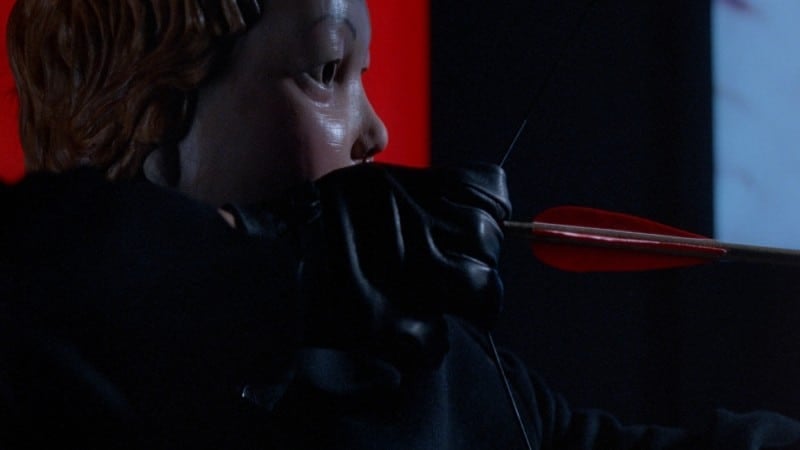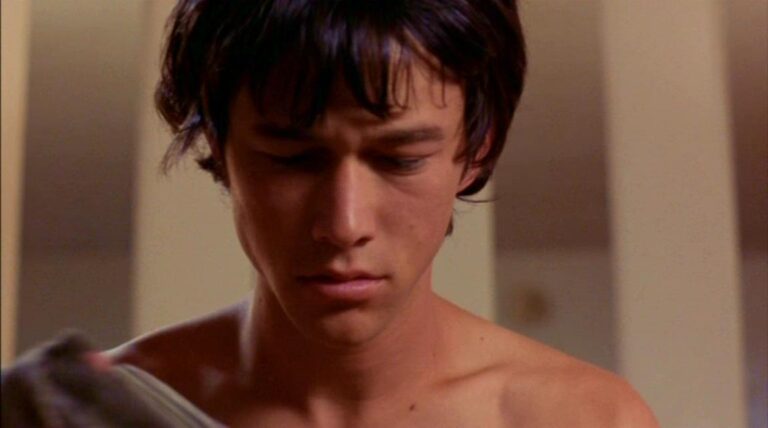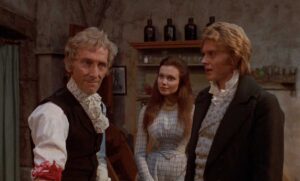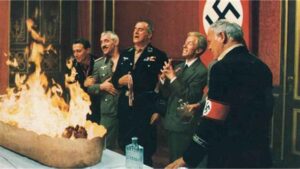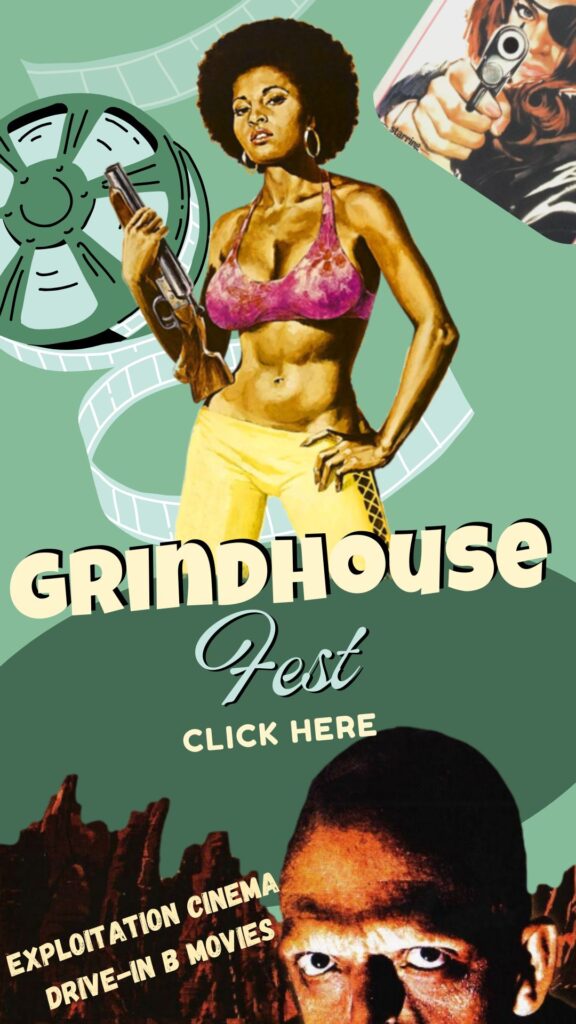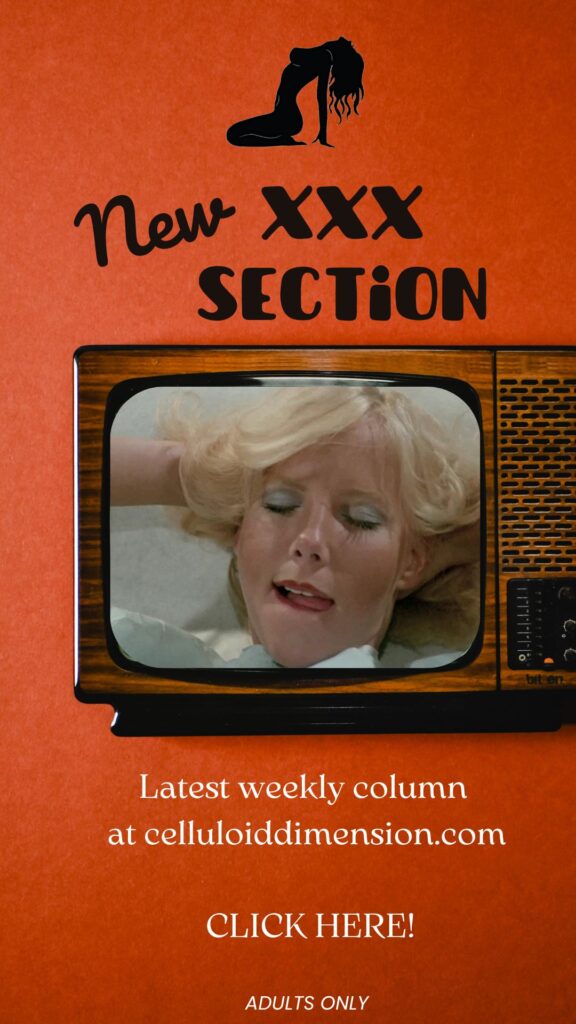Directed by Jamie Blanks
Written by Donna Powers, Wayne Powers, Aaron Harberts and Gretchen J. Berg
Starring:
- Denise Richards as Paige Prescott
- David Boreanaz as Adam Carr
- Marley Shelton as Kate Davies
- Jessica Capshaw as Dorothy Wheeler
- Jessica Cauffiel as Lily Voight
Rating: ![]()
A gaudy, uninspired slasher symptomatic of the post-Scream hangover, Valentine is yet another entry in the long line of late-’90s and early-2000s horror films obsessed with their own meta-awareness while lacking any real sense of identity. In this case, we’re treated to a killer dressed as a cherubic Cupid who pierces hearts not with affection, but with blades—hunting down a clique of attractive young women in a twisted parody of romance. The premise is pure formula: a bullied outcast from grade school returns years later to exact revenge on the girls who mocked and rejected him. You know the drill.
Denise Richards, Marley Shelton, Jessica Capshaw, Jessica Cauffiel, and Katherine Heigl round out the cast of archetypes, each embodying a heightened, stylized version of postmodern adolescent narcissism. They’re glossy surfaces masquerading as characters—vapid, beautiful, and wholly aware they exist in a genre that thrives on killing off beautiful people. But rather than subverting these tropes, Valentine indulges them with mechanical regularity.
The screenplay is inert, a stitched-together catalogue of slasher clichés so rigid and uninspired that its characters move and speak like animatronic stand-ins from a ’90s thriller template. And yet, director Jamie Blanks (Urban Legend) flirts with something more baroque in his framing—an attempt at a stylized, high-gloss visual aesthetic that edges toward absurdist giallo. The tension between the film’s rote narrative mechanics and its flirtation with lurid visual excess creates a tonal dissonance that is never resolved. The result is a film that lurches between self-serious slasher and tongue-in-cheek pulp without ever committing to either.
Its mystery plot—centered on the question of the killer’s identity—is clumsily constructed and unconvincing, with a “twist” so obvious it barely qualifies as a revelation. Red herrings are thrown in without finesse, and the rhetorical denouement arrives with a thud rather than a thrill. Still, one can’t help but smirk at the film’s more extraneous indulgences, such as the inexplicably flirtatious detective or the art gallery scene where our protagonists snidely mock a pornographic installation—a moment of accidental irony, given the film itself is part of a genre built on aestheticized sleaze.
There’s a raunchy charm to parts of it—perhaps even a trashy self-awareness—but whatever fun Valentine musters is undercut by the sheer drabness of its production. Rick Bota, who would later helm some of the worst entries in the Hellraiser franchise, serves as cinematographer here, and his work is as lifeless as expected: bland lighting, mismatched palettes, and a total absence of visual identity. This dull veneer does no favors to Blanks’ occasional attempts at flamboyant composition during the film’s murder sequences, which, despite their grotesque flair, remain stranded in a lifeless visual world.
At the end of the day, Valentine wants to be a holiday-themed slasher with style, but ends up as a pallid echo of better films—too self-conscious to be sincere, too flat to be fun, and too unimaginative to rise above its own pastiche. It passes as late-night entertainment, perhaps, but only in the same way a stale candy heart passes as a gesture of love: it’s hollow, forgettable, and leaves a synthetic aftertaste.
